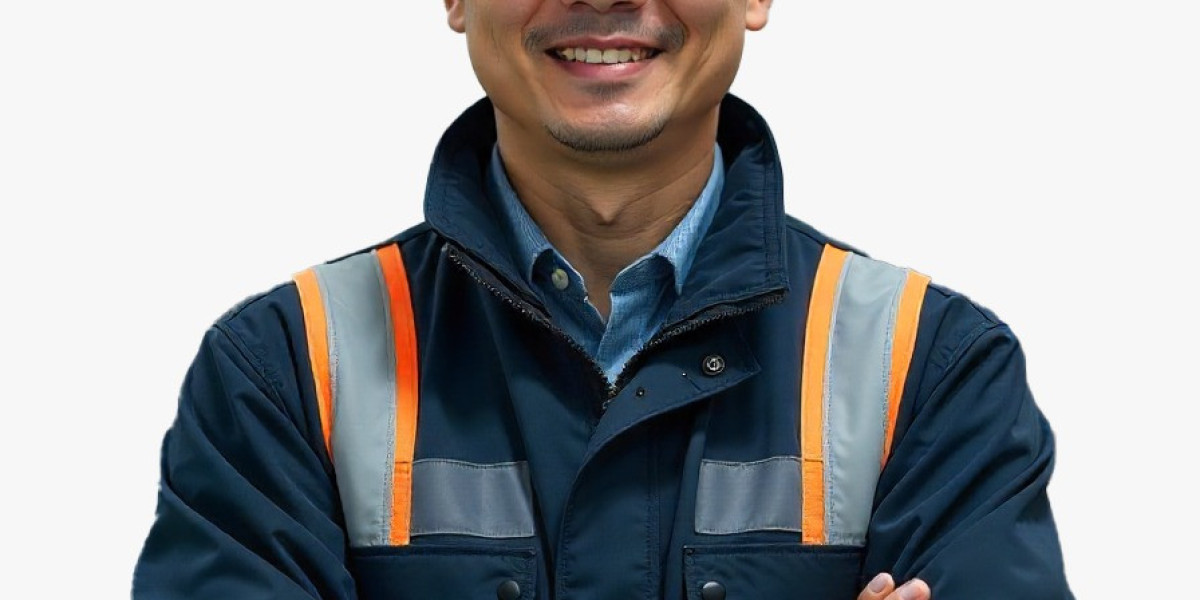Sewer systems are essential for modern life, carrying away waste and stormwater to keep our cities functional and sanitary. But while they are vital to public health, they are also among the most dangerous workplaces for utility workers. Sewer entry qualifies as confined space work, making it one of the riskiest tasks due to toxic gases, oxygen deficiency, flooding, and restricted escape routes.
This article explores the hidden dangers of sewer entry in confined spaces, real-world examples of accidents, and how workers and organizations can prevent tragedies. We’ll also highlight the importance of professional safety training and why understanding requirements like the OSHA Fee and related training costs is an investment in life-saving knowledge.
Why Sewer Entry Is Classified as a Confined Space
Confined spaces are defined as areas that:
- Are large enough for a worker to enter and perform tasks.
- Have restricted entry or exit.
- Are not designed for continuous occupancy.
Sewer systems meet all these criteria. Workers enter through manholes, navigate narrow tunnels, and are exposed to hazards not present in open-air environments.
Major Hazards of Sewer Entry
1. Toxic and Hazardous Gases
Sewers often contain dangerous gases produced by decomposing waste or chemical reactions. Common examples include:
- Hydrogen sulfide (H₂S): A highly toxic gas that can cause unconsciousness and death within minutes at high concentrations.
- Methane (CH₄): A flammable gas that can create explosive conditions.
- Carbon monoxide (CO): A colorless, odorless gas that prevents oxygen absorption in the body.
Without continuous atmospheric testing, workers may unknowingly walk into a lethal environment.
2. Oxygen Deficiency
Normal air contains 20.9% oxygen. In sewers, oxygen levels often drop below 19.5% due to gas displacement or chemical reactions. Even small decreases can lead to dizziness, impaired judgment, and unconsciousness.
3. Biological Hazards
Exposure to raw sewage introduces serious health risks, including:
- Pathogens like bacteria, viruses, and parasites.
- Skin infections from direct contact.
- Respiratory illnesses caused by inhaling bioaerosols.
Workers may carry infections home, posing risks to their families as well.
4. Flooding and Water Hazards
Sewer entry workers are at risk of sudden flooding, either from heavy rains, misdirected flows, or system blockages. Rapid water surges can trap and drown workers with little warning.
5. Physical and Structural Risks
- Slippery surfaces increase the risk of falls.
- Low ceilings and narrow tunnels limit movement.
- Old or poorly maintained infrastructure may collapse unexpectedly.
6. Heat Stress and Poor Ventilation
Sewers are typically hot and humid, creating an environment where heat stress and dehydration are serious risks. Poor airflow only makes these conditions worse.
7. Psychological Stress and Disorientation
Working underground in dark, confined conditions can lead to anxiety, panic, or disorientation. Fatigue and mental stress increase the likelihood of mistakes.
Real-World Example
In 2021, a group of municipal workers in South Asia entered a sewer without proper atmospheric testing. Within minutes, three of them collapsed due to hydrogen sulfide exposure. Rescue efforts were delayed because nearby workers also lacked protective equipment. Sadly, fatalities occurred—underscoring the critical importance of testing, ventilation, and proper training before sewer entry.
Preventive Measures for Sewer Entry
Atmospheric Testing
Before entry, air inside sewers must be continuously monitored for:
- Oxygen levels.
- Flammable gases.
- Toxic contaminants.
Testing should be ongoing, as conditions can change rapidly.
Ventilation Systems
Forced-air ventilation helps remove toxic gases and replenish oxygen. Ventilation ducts must be long enough to reach deep into the confined space.
Personal Protective Equipment (PPE)
Workers should be equipped with:
- Full-body harnesses with lifelines.
- Respiratory protection (air-purifying or supplied-air respirators).
- Protective gloves, boots, and coveralls.
- Hearing and eye protection when using machinery.
Entry Permits
A confined space entry permit system ensures all hazards have been identified and safety measures are in place before entry.
Standby Personnel and Communication
At least one trained standby person must remain outside the sewer during entry. Reliable communication tools—such as radios or lifelines—should always be used.
Rescue Planning
A written rescue plan is mandatory for sewer entry. Workers should never rely solely on external emergency services, as time is critical. Internal rescue teams with training and equipment must always be available.
Table: Common Sewer Hazards and Safety Controls
Hazard | Example Situation | Preventive Measure |
Toxic gases (H₂S, CO) | Decomposing waste vapors | Continuous monitoring, ventilation, PPE |
Oxygen deficiency | Gas displacement | Air testing, forced-air ventilation |
Flooding | Heavy rains, blockages | Weather monitoring, water control measures |
Biological hazards | Raw sewage contact | Protective clothing, vaccinations |
Structural collapse | Old sewer walls | Inspections, restricted access |
Heat stress | Humid sewer conditions | Hydration, rest breaks, proper clothing |
Training: The Key to Safer Sewer Entry
No matter how advanced the equipment, safety ultimately depends on trained personnel. Workers must be educated on hazard recognition, PPE usage, atmospheric testing, and rescue procedures.
Earning certifications such as an OSHA Certificate provides workers and supervisors with the skills to implement international best practices. While some may hesitate over the OSHA Fee or the OSHA Certification Cost, the investment pales compared to the financial and human cost of accidents. Training not only saves lives but also ensures compliance with legal requirements.
Building a Safety-First Culture
Employers play a critical role in sewer entry safety by:
- Conducting regular risk assessments.
- Encouraging workers to speak up about unsafe conditions.
- Maintaining safety equipment and keeping it readily available.
- Leading by example—supervisors should follow the same safety protocols as workers.
Conclusion
The dangers of sewer entry in confined spaces are numerous—ranging from toxic gases and oxygen deficiency to flooding and biological hazards. Every incident, however, can be prevented with the right combination of preparation, equipment, and training.



